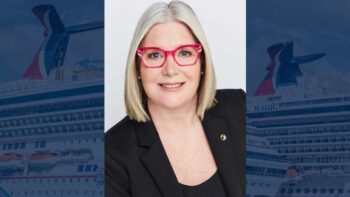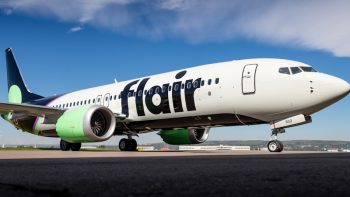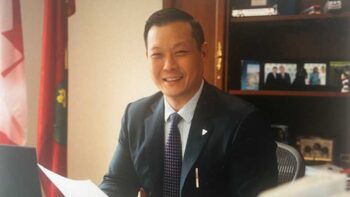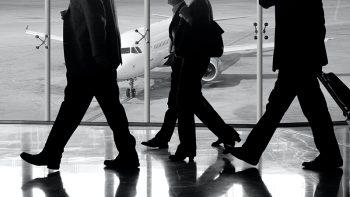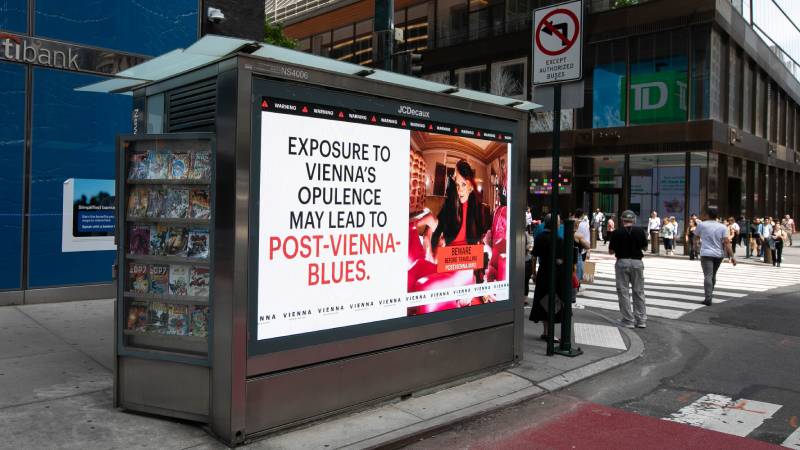
The Vienna Tourist Board is launching a new marketing campaign that playfully warns travellers about post-Vienna blues (PVB), a psychological phenomenon that can occur after a trip to Vienna.
The campaign plays on the idea that visitors will experience a profound feeling of melancholy, nostalgic daydreams, and emotional restlessness upon returning home.
The tongue-in-cheek campaign launched on June 3 in the United States, with a prominent billboard in New York’s Times Square until mid-June. Campaign elements will also be displayed on 70 digital bus shelters and newsstands throughout Manhattan. Online and social media advertising will target New York, Washington D.C., Chicago, Los Angeles, San Francisco and, for the first time, Boston, due to a new direct flight connection from Austrian Airlines starting in July 2024. In Canada, the focus will be on Toronto and Montreal.
Post vacation blues, characterized by feelings of melancholia or disconnection upon returning from a trip, has garnered significant attention in both traditional media and social media platforms recently. As more individuals experience the post-travel slump, discussions surrounding its impact on mental well-being have sparked this creative campaign which offers concrete solutions and support systems.
On June 4, Viennese institutions jointly drew attention to their social media channels about the potential for a visit to trigger PVB. In cooperation with Austrian Airlines and the Vienna Airport, departing guests will be humorously farewelled in lounges with the message "Sorry, I gave you Post-Vienna-Blues."
Photographer Tereza Mundilová, known for shooting Heidi and Leni Klum’s German Vogue cover, captured the main campaign motifs. The campaign features three different protagonists shown when Vienna dazzles them with its opulence and thus triggers PVB. Opulent locations like Schönbrunn Palace, Gustav Klimt's “The Kiss” at the Upper Belvedere, and pastries from “K.u.K. Hofzuckerbäckerei” Demel all showcase Vienna’s grandeur. The style is based on fashion photography and plays with extreme perspectives.
In the campaign, the fictional PVB is attributed to the overwhelming opulence of Vienna, its music, culture and cuisine, which starkly contrasts with everyday life. The absence of these stimuli after leaving Vienna can lead to PVB, according to the campaign’s assets. The Vienna Tourist Board humorously approaches well-known post-holiday melancholy by offering a PVB symptom check at post.vienna.info to drive brand awareness and also encourage repeat visits to the city.
The website also satirically reframes major attractions as “high-risk locations” and identifies “triggers,” including Vienna’s 2,000 coffee houses, 27 castles, 163 palaces, and more than 100 museums over approximately 160 square miles. The 3.5-mile-long Ringstrasse, home to many of Vienna’s landmarks, exposes visitors to a wealth of visual, acoustic, and culinary stimuli that leave a lasting impression.
“In launching this campaign our objective is clear: to craft a witty narrative that captures Vienna’s breathtaking allure in a truly distinctive manner," said Norbert Kettner, CEO of the Vienna Tourist Board. "We want to remind people that Vienna is a city that stays with you, it lingers in the hearts and minds of visitors long after their departure."

